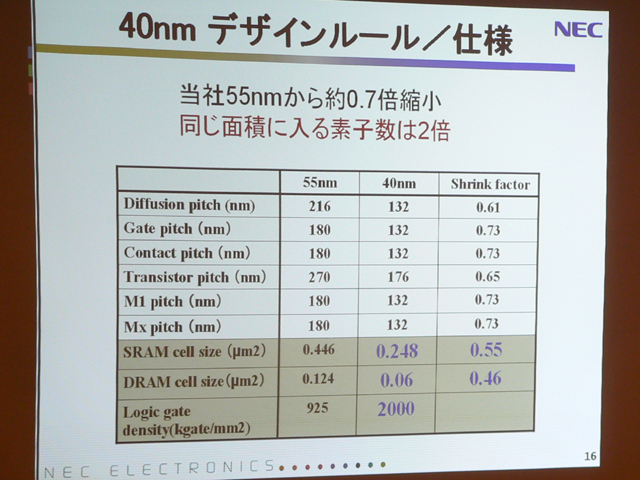With a few SIMDs removed (and the DP support nixed), it could be an option. But why not using a Redwood (104mm²) or Turks (118mm²) as base right from the start (better suited for GPGPU)? Remove half of the mem controller (-10mm²) and you probably have some space for a bit SB functionality/connectivity. That is integrated there too, isn't it? Or is it in the CPU chip?
Edit:
I wouldn't want to remove ROPs. With a fast eDRAM on die, one would loose too much for the small die size saving in my opinion.
I don't think that they included DP to begin with according to Wikipedia anyway, I lean towards smaller GPUs anyway as I suspect that given the inclusion of eDRAM and other logic allowances would need to be made and not all logic scales to the same extent and we have to consider for instance the possibility of blank space or less than ideal layouts given that these GPUs were not designed to be packaged with eDRAM of course I could be completely wrong...


